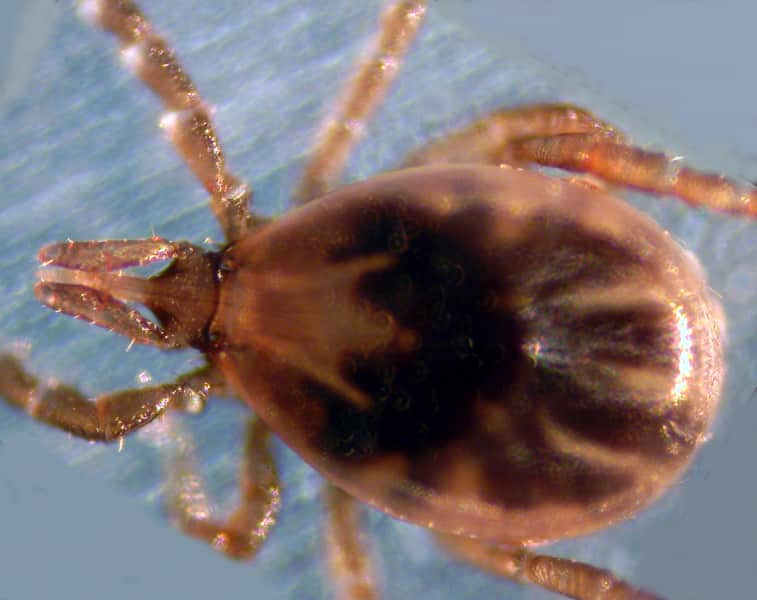Study: Urban Deer Hunting Reduces Chance of Lyme Disease
OutdoorHub Reporters 09.12.14

It should come as little surprise to many hunters that Lyme disease and other deer-related illnesses have a direct correlation to the number of deer living near a residential community. Scientists with the Connecticut Department of Energy and Environmental Protection’s Wildllife Division recently published a study that found urban deer culls were highly effective at slowing the spread of Lyme disease. According to the study, researchers surveyed the residents of Mumford Cove and Groton Long Point in Connecticut over a period of 13 years. Like many East Coast communities, residents say that deer have ballooned in recent years, growing as dense as 80 animals per square mile. Researchers found that after hunting reduced deer to 5.1 animals per square mile, residents reported a similar 80 percent decrease in cases of Lyme disease.
One of the co-authors behind the study, Howard Kilpatrick, told The Post-Standard that there are currently only about two or three reported cases of Lyme disease a year, compared to 10 times that number during the height of the deer population. He attributed much of that change to the heavily regulated bowhunting season in the two communities.
“I compare it to cutting your grass,” Kilpatrick said. “You just don’t do it once in the spring. You have to keep at it. The same goes for a deer maintenance program.”
Urban deer hunting is rising in popularity but is still a contentious issue on the East Coast. While wildlife officials, hunters, and conservationists generally support management programs, animal rights activists often oppose these measures in favor of nonlethal methods. Others say that hunting near residential communities can be dangerous. When deer hunting was first proposed in Mumford Cove and Groton Long Point, there was some intial debate over the feasibility of the season. After years of successful hunts, however, surveys show that most residents are overwhelmingly in favor of the deer hunt.
That did not stop some protesters, which Kilpatrick said mostly came from outside of the communities.
“Everyone has their opinion,” he said. “Every deer is going to die somehow. They’ll either be shot by a hunter, hit by a car and crawl off the road, or be eaten by a bunch of coyotes. To say that one is more humane than the other is difficult, in my opinion.”
Deer overpopulation can spell a number of problems for a community including degraded forests and destroyed gardens, and they can even pose a threat to motorists. Perhaps the most worrisome is the threat of Lyme disease. The illness is spread by infected ticks and can cause early symptoms such as fever, headache, and fatigue. If left untreated, Lyme disease can cause chronic symptoms that affect the brain, joints, nerves, heart, and eyes. Although chronic neurological symptoms only occur in a small percentage of untreated patients, it can involve debilitating pain and cognitive problems. Health officials advise wearing long-sleeved shirts and long pants when venturing into deer territory. Insect repellent will also help ward off deer ticks.
Lyme disease is the most common tick-borne disease in North America.

